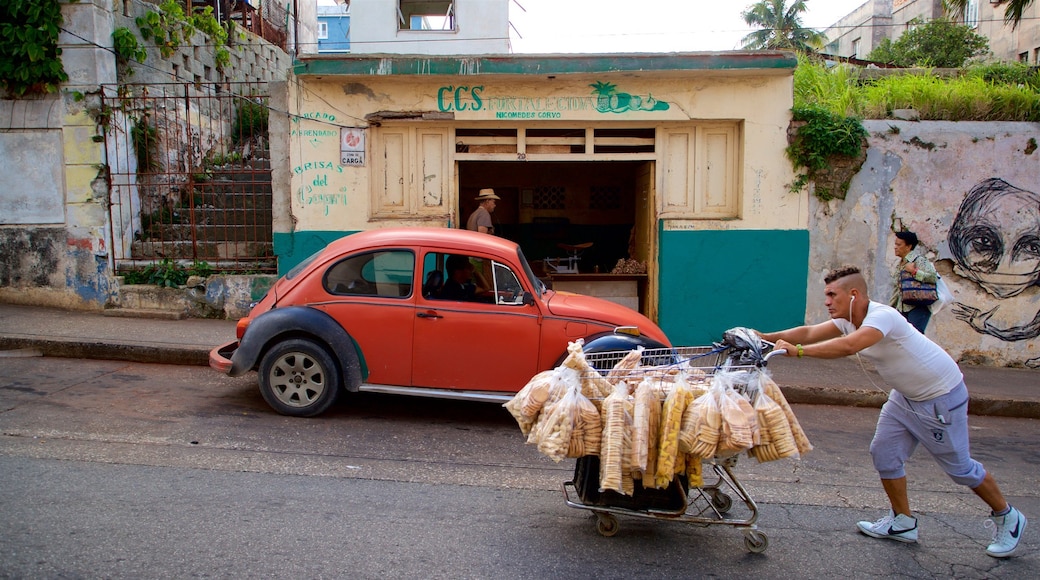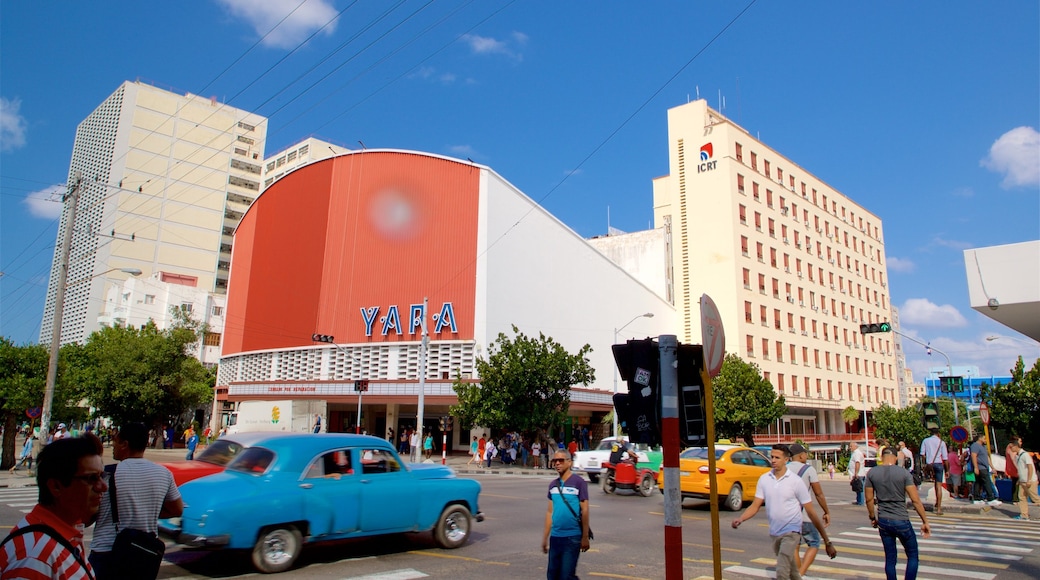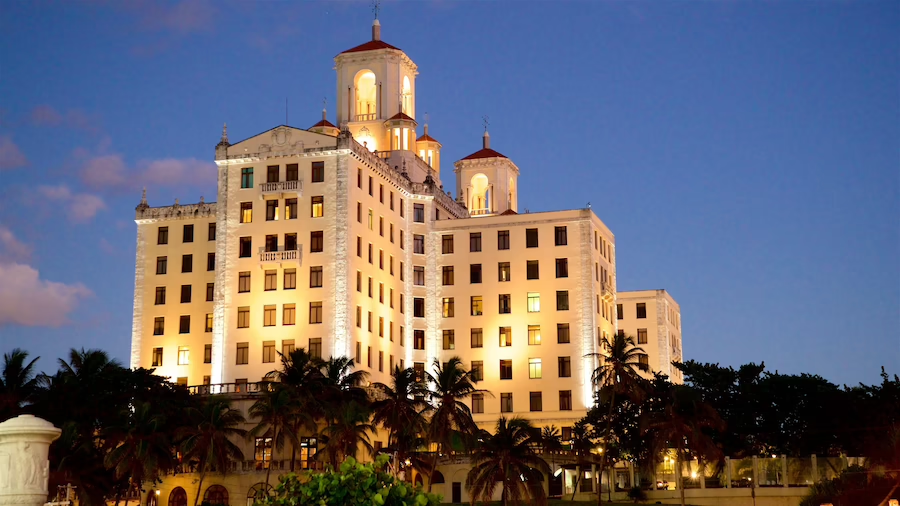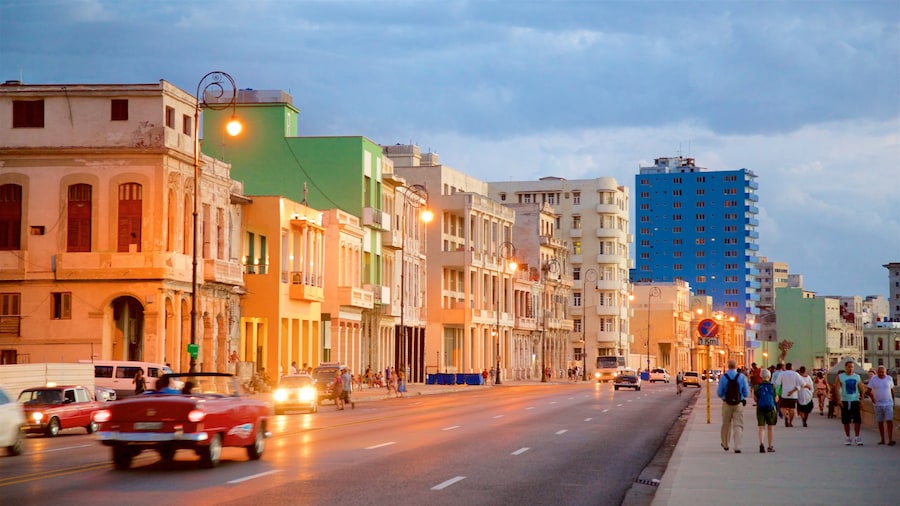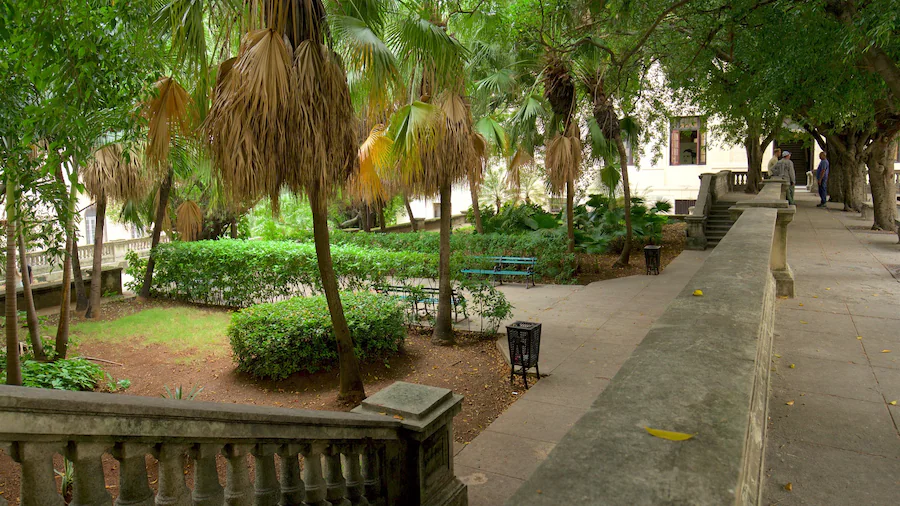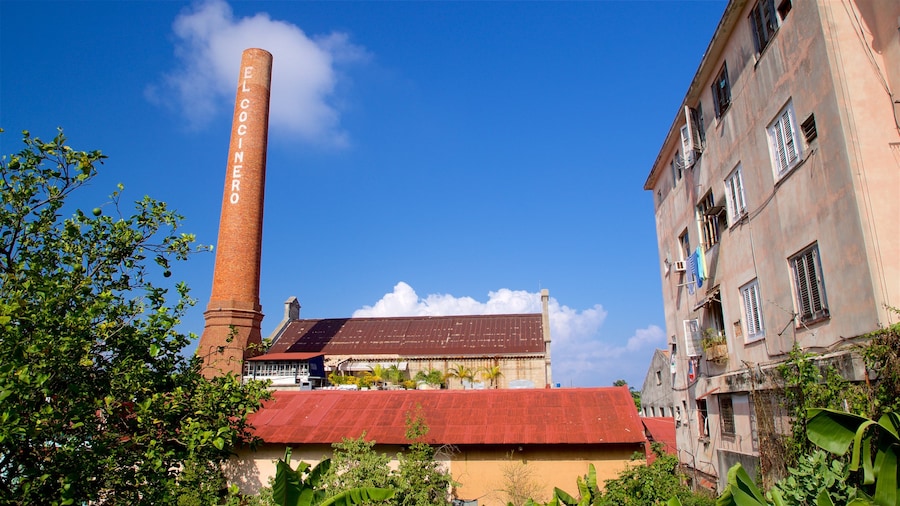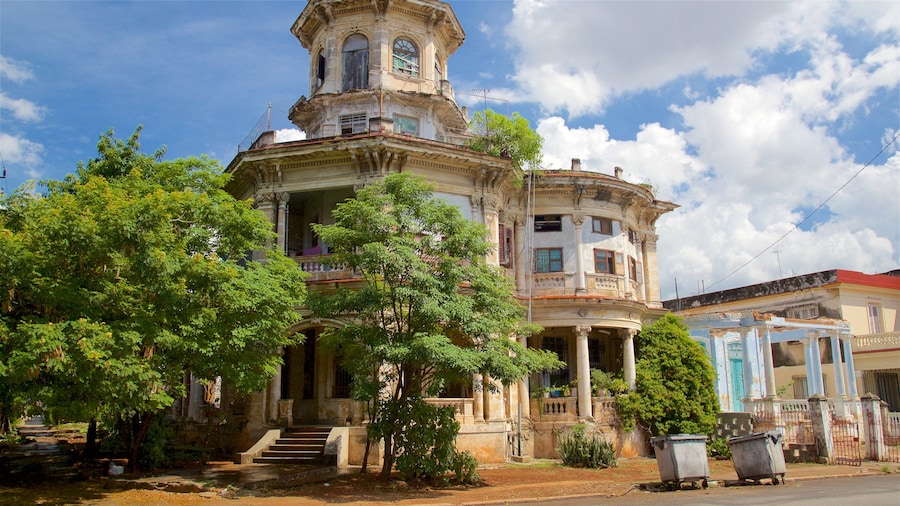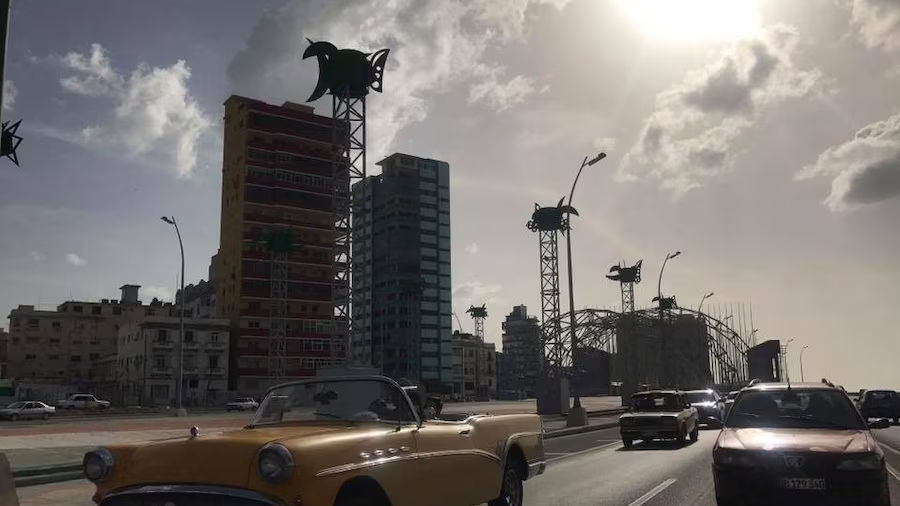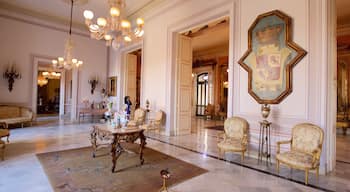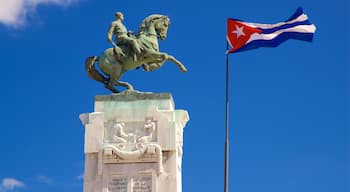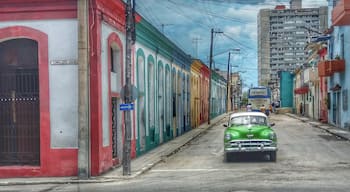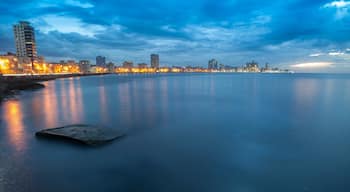El Vedado couldn’t be more different to the famous Old Havana neighborhood. Devoid of colonial buildings and cobbled streets, this district instead features grand boulevards set out on a uniform grid. Come here to discover the beating heart of Havana’s cultural scene, the University of Havana, modern art galleries, contemporary theatrical productions and some of the city’s best paladares (private restaurants).
Get to know El Vedado by walking along its wide, tree-lined streets. This area was once a closed-off military zone and it wasn’t until 1858 that plans for a new grid-style neighborhood were put into place. Today, El Vedado is part of the greater Plaza de la Revolución, and its appearance is characterized by 1950s buildings, glass-fronted stores, classical 19th-century mansions and post-colonial, modernist and art deco architecture.
The best way to get familiar with this neighborhood is by simply strolling. Start by walking along the main 23rd Street, also known as La Rampa and wander the Malecón seafront promenade. Stay until sunset and chat with friendly locals over a cool beer. Try traditional Cuban cuisine at a state-run restaurant one night and a homely family-run paladar the next. Sip a mojito cocktail in an open-air bar on well-known nightlife spot, G Street.
Enjoy the excellent sightseeing opportunities in El Vedado. Climb the towering steps of the main building of the University of Havana, take photos with the statues of Cuban heroes in Plaza de la Revolución, be impressed by the palatial Hotel Nacional or visit Colón Cemetery, Havana’s main necropolis and one of the largest in the Americas, famed for its elaborate marble statues.
El Vedado sits in the very heart of Havana and is easy to get to and around. Buses and taxis ply the area and its wide boulevards are well-suited to walking. The grid pattern makes navigation simple. If you fancy a sugar hit while exploring, look out for Coppelia, which is often touted as being the largest ice-cream shop in the world.


